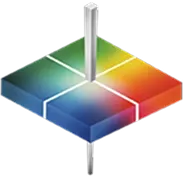
What is the color of cola? Most consumers will say “brown” and be done with it, but as part of the industry that brings soft drinks to life, you know that the answer is a bit more complicated. Coloration comes from a combination of actual color and turbidity, or haze, which determines how clear the liquid is and how much color is actually perceived by the human eye.
Regardless of the color of your soda, having the proper equipment to measure it is essential in maintaining a consistent brand color. Discover the best way to measure your products and get started with HunterLab today.


